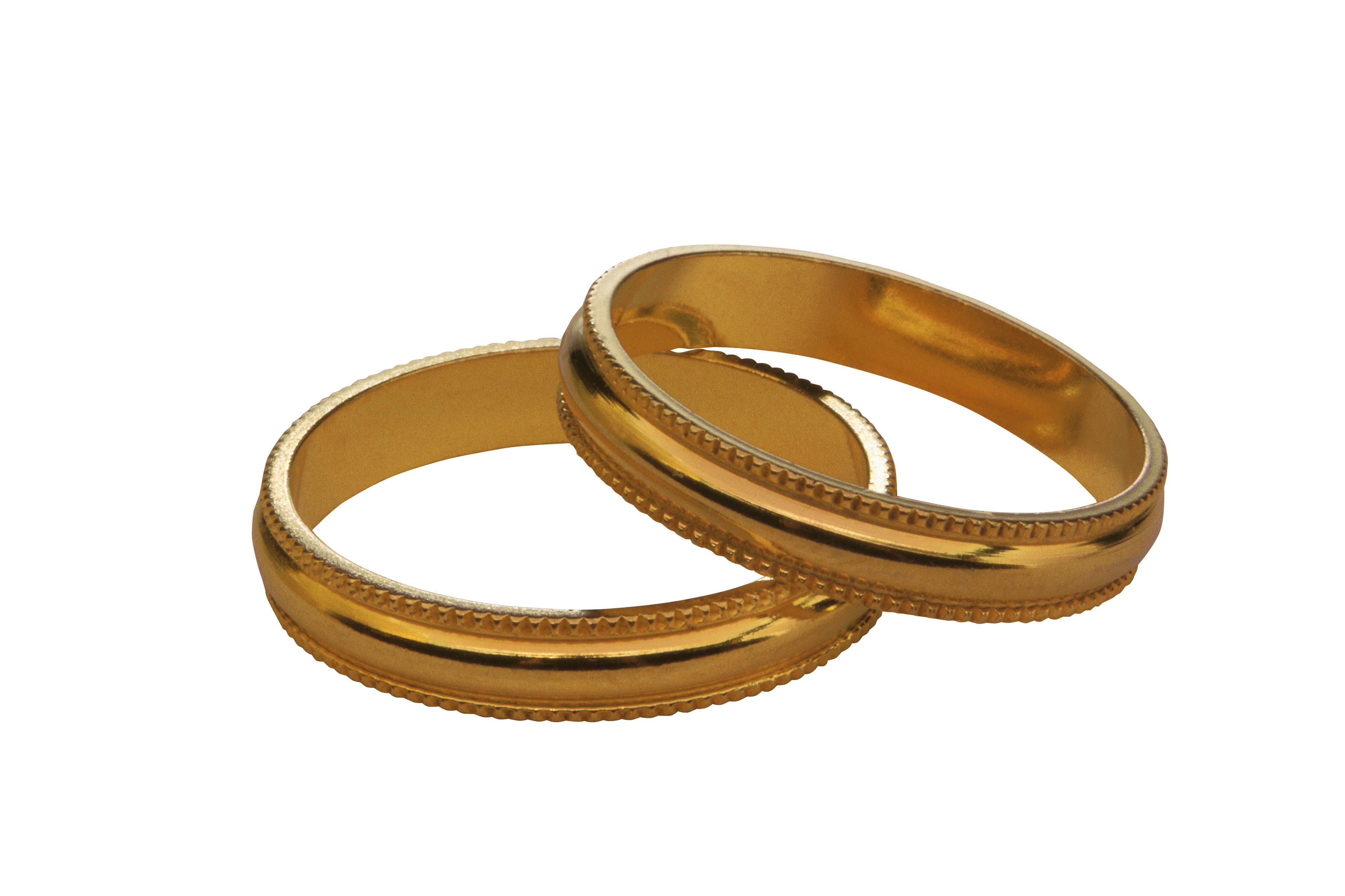Wearing jewelry provides an outlet for personal expression. In some work environments, however, jewelry creates danger.
 For those environments the Occupational Safety and Health Administration (OSHA) offers guidelines for safe use of jewelry and suggestions for when jewelry should not be worn.
For those environments the Occupational Safety and Health Administration (OSHA) offers guidelines for safe use of jewelry and suggestions for when jewelry should not be worn.
Loose or dangling jewelry can create a safety hazard just as loose fitting clothing or long hair can.The National Fire Protection Association (NFPA) 1500 7.1.5 indicates that while on duty, members (firefighters) shall not wear personal clothing, accessories, or personal equipment that might not be suitable and appropriate to protect the member from the hazards to which the member could be exposed.
While this is not specific to the type and location of jewelry, it can easily be interpreted that by wearing of jewelry the hazard potential could be elevated for the wearer.
Whether you manage an office or a field operation there are a number of reasons you may be concerned about your employees wearing their wedding rings on the job. Many people do not feel comfortable removing their wedding rings, but if your employees work around hazardous equipment or moving parts that could catch on jewelry, then requiring them to wear gloves may not be enough to protect them from injury. As a responsible employer, you may require your employees to remove wedding rings if there is a risk of serious injury.
Establish clear rules in your employee handbook about when jewelry shall not be worn and what conditions require modification of these rules. Require the removal of jewelry in situations where it may create a safety hazard.
Enforce the rules for all employees who work with moving parts where jewelry could create a hazard. When you establish a no-ring policy for your employees, establish clear reasons for the rule, providing accident examples and statistics to back up the rule along with possible punishment if employees are caught wearing their wedding rings on the job.
You may also require office employees to remove their rings in situations like fixing printer jams or when they may have to reach inside small machines to make adjustments.
 Explain to employees who have concerns about removing their wedding rings in the workplace that your rules are there to keep them safe. When employees understand the immediate physical risks that could result if they do not comply, they may be more willing to accept the rules.
Explain to employees who have concerns about removing their wedding rings in the workplace that your rules are there to keep them safe. When employees understand the immediate physical risks that could result if they do not comply, they may be more willing to accept the rules.
Follow the rules yourself if you work in areas where jewelry is restricted or prohibited. If you are married, removing your own wedding rings while in the workplace will show your employees that you are not an exception to the rule.
Dangling, protruding or loose jewelry
- Danger is presented in various ways especially when working around moving parts or machinery. Dangling jewelry, or jewelry with protrusions may catch on components and can pull the wearer into moving parts, injuring the wearer. Should it catch on an operating control such as a control lever, the jewelry could start machinery, creating danger to others as well as the wearer.
Electrocution
- An electrocution risk exists when jewelry made of conductive metal is worn around live current. Section 1910.333(c)(8) of OSHA Standards for Electrical Workers specifically prohibits the wearing of conductive jewelry in such a situation unless it has been made non-conductive by wrapping or some other type of insulation.
Burns
- Workers subjected to high intensity lights or other heat sources should exercise caution in choosing metal jewelry. Metal can transfer heat to skin, resulting in a burn.
Chemicals
- Jewelry can create several safety hazards for those working around chemicals. A spilled or splashed caustic chemical can get under a ring or watchband, burning or irritating the skin.In addition some chemicals, particularly chlorine and ammonia, can damage silver or gold jewelry.
Sanitation
- Many food-handling companies prohibit the wearing of jewelry for sanitation purposes. Rings and watches provide hiding places for bacteria that may cause food-borne illness. Some food preparation companies allow a wedding band if the worker wears a glove to cover it, but in a food-processing plant gloves may not be an option, so all jewelry usually comes off before the employee enters the work area.
VMLIP offers more than just coverage. We are partners in risk management. How does your insurer stack up? Having all lines of coverage with VMLIP ensures that your organization is receiving comprehensive coverage and a wide variety of value-added services tailored to Virginia’s local governmental entities. Call for a quote today: (800) 963-6800. For more information on VMLIP visit: www.vrsa.us or follow us on Facebook.
** VMLIP blog postings are offered for VMLIP members to utilize in strengthening their risk management efforts. See copyright information for clarification on sharing this information.

